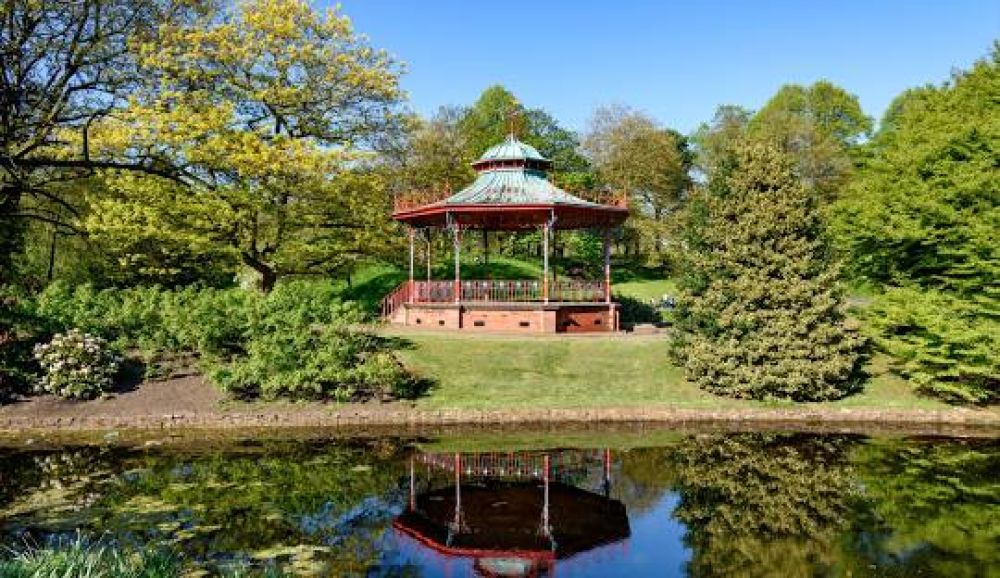

Sefton Park in Liverpool is one of the city's most treasured parks and a testament to Victorian grandeur and forward-thinking urban planning. Opened to the public in 1872, the 235-acre park was designed by French landscape architect Édouard André and Liverpool architect Lewis Hornblower after they won a competition. Its design is influenced by the aesthetic of the English garden movement, as well as incorporating features reminiscent of the great parks of Paris.
Victorian Era: The Birth of Sefton Park
The history of tourism in Sefton Park traces back to the Victorian era when it served as a leisure and recreational space for the residents of Liverpool. The park quickly became a symbol of the city’s wealth and a key attraction for both locals and visitors. The picturesque landscapes, serene lake, and the Palm House—a Victorian glasshouse filled with exotic plants—were draws for those seeking relaxation and natural beauty within the urban landscape.
20th Century: A Destination for All
Throughout the 20th century, Sefton Park maintained its status as a popular destination for picnickers, boaters, and families. Post-war regeneration efforts in Liverpool saw the park continuing to play an essential role in providing a green space for city dwellers. The park has hosted many events over the years, including notable concerts and cultural festivals.
Modern Tourism: A Continuing Legacy
Today, Sefton Park remains one of Liverpool’s key tourist attractions as a designated Grade I listed park by English Heritage. The park has adapted to modern tourism trends by hosting a wide range of events throughout the year, such as the Liverpool International Music Festival and the Liverpool Food, Drink, and Lifestyle Spring Festival. The magnificently restored Palm House serves not only as a horticultural showcase but also as a venue for weddings, art exhibits, and community activities.
Sefton Park's timeless appeal, coupled with Liverpool's vibrant cultural scene, continues to attract tourists from across the world. Efforts to preserve and promote the park are ongoing, ensuring that it remains a valued and visited green space within the heart of Liverpool.
Conclusion
Sefton Park stands as a testament to Liverpool’s historical commitment to public green spaces and remains a focal point for tourism in the city. As trends shift towards eco-tourism and the search for outdoor experiences within urban settings, Sefton Park is poised to maintain its popularity and significance for future generations of visitors.